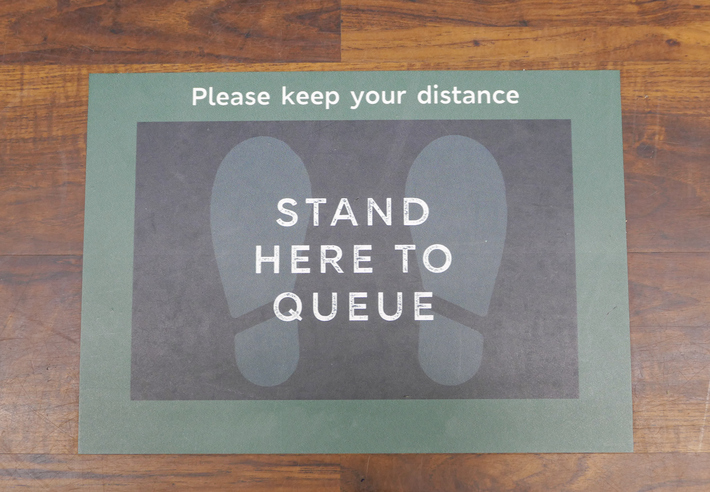Professor Leigh Sparks, Professor of Retail Studies, Institute of Retail Studies, University of Stirling

Well, we’ve just had the sunniest spring on record, as well as the driest. As we apparently ease out of lockdown we can but hope that such conditions continue, because when you look at some of the operational actions retailers and shopping centres are going to have to put in place, the thought of doing the shopping on a wet (summer, let alone winter) weekend is not that appealing. If we have to live like this throughout the winter then it will be bleak for many consumers and retailers.
I am not an epidemiologist and the merits of otherwise of the English and the Scottish approach to easing lockdown, generally, and for retailers specifically, is not my focus here. Though, I do know which gives me more confidence as an individual consumer and better manages risks I am willing to accept (others may come to alternative conclusions). Instead, I want to consider the approaches retailers in Scotland are being asked to take, some weeks later than in England.
At this point, in retailing in Scotland, not a lot has changed in three months. There is still the distinction between essential and non-essential retailing and the latter, as shown by various data continues to really suffer. Online, community focused stores and producers going direct to markets seem to be doing well in many cases, and long may that continue. Some major chains are opening up again and finding pent-up demand. But, many others are considering what steps they need to take operationally either to operate now or in a few weeks when smaller shops and parts of larger stores may be allowed to open.
The Scottish Government guidance is available here and lists various topics for consideration and action by retailers, shopping centres, location and place managers. The headings are:
- Physical distancing
- Signage and marking
- Store capacity
- Staff and customers
- Queue management
- Adapting services
- Hygiene
- Cleaning
- Other Methods of Reducing Transmission
- Customer and Staff support
- Staff Safety: additional measures
Reading the detail, it is clear that the main concerns are about the safety of customers and staff in two directions. First, keeping people apart before and when they enter, and are in, the store or centre. Secondly, making interactions between staff and customers as impersonal as possible. So systems of controls before entry, in store, changed facilities and systems, complete blanket signage and messaging and a lack of interaction are going to be the norm.
This is not retailing as we knew it.
Whilst seemingly not as stark as the choices facing cafes and restaurants, retailing also faces problems of capacity, cost and demand. How will consumers react to the new retailing, especially when the novelty wears off and bad weather sweeps in. Will people queue in an IKEA car park for hours on end in say January? The same is true for town centres and their shops. What is the willingness to ‘go shopping’ when you don’t really need to? And when it might take a lot longer than you might expect? And there are what may be seen as less risky and more pleasant alternatives. But then peopleseem to be willing to queue for hours for their IKEA or McDonald’s fix, and this can’t just be post-lockdown fever?
For retailers this uncertainty over demand and supply poses a problem which exacerbates the difficulties already in place. Can retailers make enough money to survive in such peculiar circumstances? How do they reconcile what they order with such possible variations in demand?
There is so many unknowns at the moment. It is early days in emerging from lockdown. As we open up, so more things will become clearer. If transmission rates fall and there is no sign of recurrence will restrictions (e.g. 2m to 1m) be relaxed? Will consumers then feel more confident? If they do, then there will be a rebirth of much retailing. There is likely to be a demand rush and retailers will find consumers open to buy and willing to react positively to new retail offerings. Longer term though much will depend on the state of the overall economy and there is a need to get places and town centres back at the heart of our society and economy.
There is of course a darker scenario; of recurrence of the virus, renewed lockdown and a collapse of retailers and consumer confidence. But in keeping with the fine weather let us hope we don’t get there.
This post first appeared on Stirling Retail on 5 June 2020.
